How to Store Cheese
Step away from the plastic wrap...
Your cheese needs to stay in tip-top condition from the moment it leaves the shop until it enters your mouth. That’s why we wrap each wedge we cut for you in cheese paper—not plastic.
Saran Wrap. Cling Film. Plastic Wrap. Whatever you call it, this popular alternative is just not very good for your cheese. Cheese left in plastic wrap can take on nasty smells, unpleasant flavours, slimy textures, and weird moulds you definitely don’t want to eat.
It’s alive!
Cheese needs to breathe. While not exactly a living animal, it’s alive with lots of living moulds and bacteria. Those beneficial organisms need to breath to do their job—making the cheese delicious.
When these little organisms are sealed in plastic wrap and deprived of oxygen, they die. And as you may have noticed, dead things smell pretty bad. (RIP, little buddies.)
Stay hydrated (but not too hydrated)
Cheese also needs to stay moist, but it’s a delicate balance. Too much moisture—like when it’s sealed in plastic wrap—leads to slimy cheese and discolouration. Too little moisture dries out the cheese leading to an unappealing hard and crusty texture.
Ideally, you need to wrap your cheese in something that will hold in some of the moisture, while allowing some air to come into contact with the cheese. That’s where cheese paper comes in.
What is cheese paper?
Cheese paper is a type of specialized wrapping paper with a very thin moisture-proof coating applied. By wrapping the cheese in cheese paper, a lot of the moisture is held in while it’s allowed to breathe through the seams and folds of the wrapping.
Cheese paper extends the life of your cheese. Soft cheeses like brie will last up to a week, while harder cheeses will stay in good condition even longer.
If you don’t have cheese paper handy, you can replicate the cozy environment it creates. Wrap your cheese in parchment paper or waxed paper. Then place your bundle of cheese in a zipper top bag, but leave the top unsealed. This will keep enough moisture in without suffocating your cheese.
Re-usable bee's wax wrap is also a good alternative, although mild cheeses may take on a slight honey flavour for obvious reasons. Just follow the usual precaution of never using wrap that has previously stored meat.
We’re not hypocrites
All this being said, a day or two in plastic wrap won’t likely harm your cheese. That’s why we can get away with using plastic wrap for the cheese we display in the shop.
We change the wrap several times each day giving the cheese a chance to breathe. We’re also constantly cutting a new fresh face on each piece of cheese. Basically, our cheese doesn’t sit in plastic long enough to take on any plastic flavours or suffocated rinds.
Written by humans. This blog contains no AI-generated content.




This is so helpful!! Thank you for sharing. I have been struggling with this for years!
YES! Totally forgot to mention bee’s wax wrap. It works well, too. Though you may get just a hint of honey infused into your cheese.
Would bees wax wrap work?
Very good info. Didn’t know I could use parchment paper inside an unsealed zip bag.
Leave a comment